The Weaver’s Legacy
In a small village nestled by the Ganges, where the morning fog mingled with the sound of temple bells, there lived an elderly woman named Kamala. She was known across Bengal for her masterful art of weaving Dhonekhali sarees. Her hands, weathered by time, moved with a grace that spoke of generations of knowledge passed down through her family.
Kamala's sarees were unlike any others. They were more than just cloth; each one was a tapestry of stories, woven from the whispers of her ancestors and the pulse of the land. The bright checks and stripes that characterized the Dhonekhali weave had become synonymous with her name. And yet, Kamala's heart held a secret—her weaving days were nearing an end.
Her granddaughter, Meera, had always watched Kamala at the loom, mesmerized by the rhythm of the threads passing through the shuttle. But unlike the generations before her, Meera wasn’t interested in learning the craft. She was young, full of dreams of the bustling city, where she hoped to make a name for herself. The ancient art of weaving felt distant, tied to a life she wished to leave behind.
One evening, as the golden light filtered through the mango trees, Kamala called Meera to her side. In her lap rested a half-finished Dhonekhali saree, the magenta and black threads shimmering like dusk on the river. “This is my last one, child,” Kamala whispered, her voice heavy with age and unspoken sorrow. “The loom will fall silent after this.”
Meera knelt beside her grandmother, staring at the loom that had been the heart of their home. For the first time, she saw not just the threads, but the love and labor that went into each saree. She saw the tradition that wove together her family’s history and the identity of her village.
Over the next few days, Kamala worked tirelessly, her hands steady despite her frailness. Meera stayed close, torn between her desire for the city and the deepening realization of what she stood to lose. As Kamala neared the final rows of the saree, she fell ill. The loom, too, fell silent.
One evening, as Kamala lay resting, Meera sat before the loom, her fingers hovering over the threads. She had never tried to weave before, never thought it was something she could do. But the loom felt alive beneath her hands, like it was calling to her.
With trembling fingers, she picked up the shuttle and began to weave. Her movements were awkward at first, clumsy compared to her grandmother’s, but as the rhythm settled in, Meera felt something stir within her—a connection to the past, to the legacy of her people.
When Kamala awoke the next morning, weak but smiling, she saw Meera at the loom, completing the last few rows of the saree. Tears welled in the old woman’s eyes as she realized that her legacy would live on, not in the city lights, but in the hands of her granddaughter.
The Dhonekhali saree was finished, and with it, a bond had been woven between the generations.



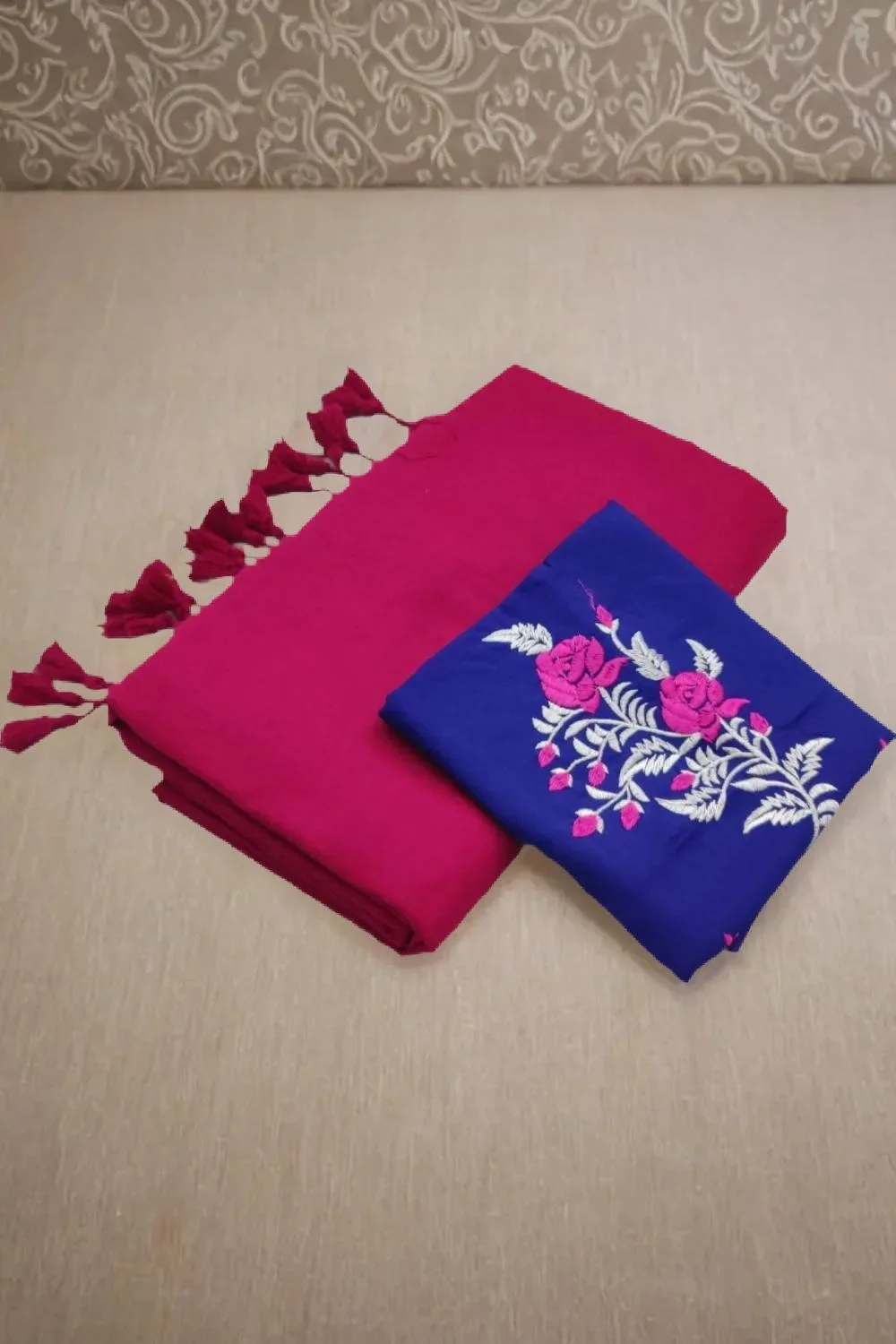
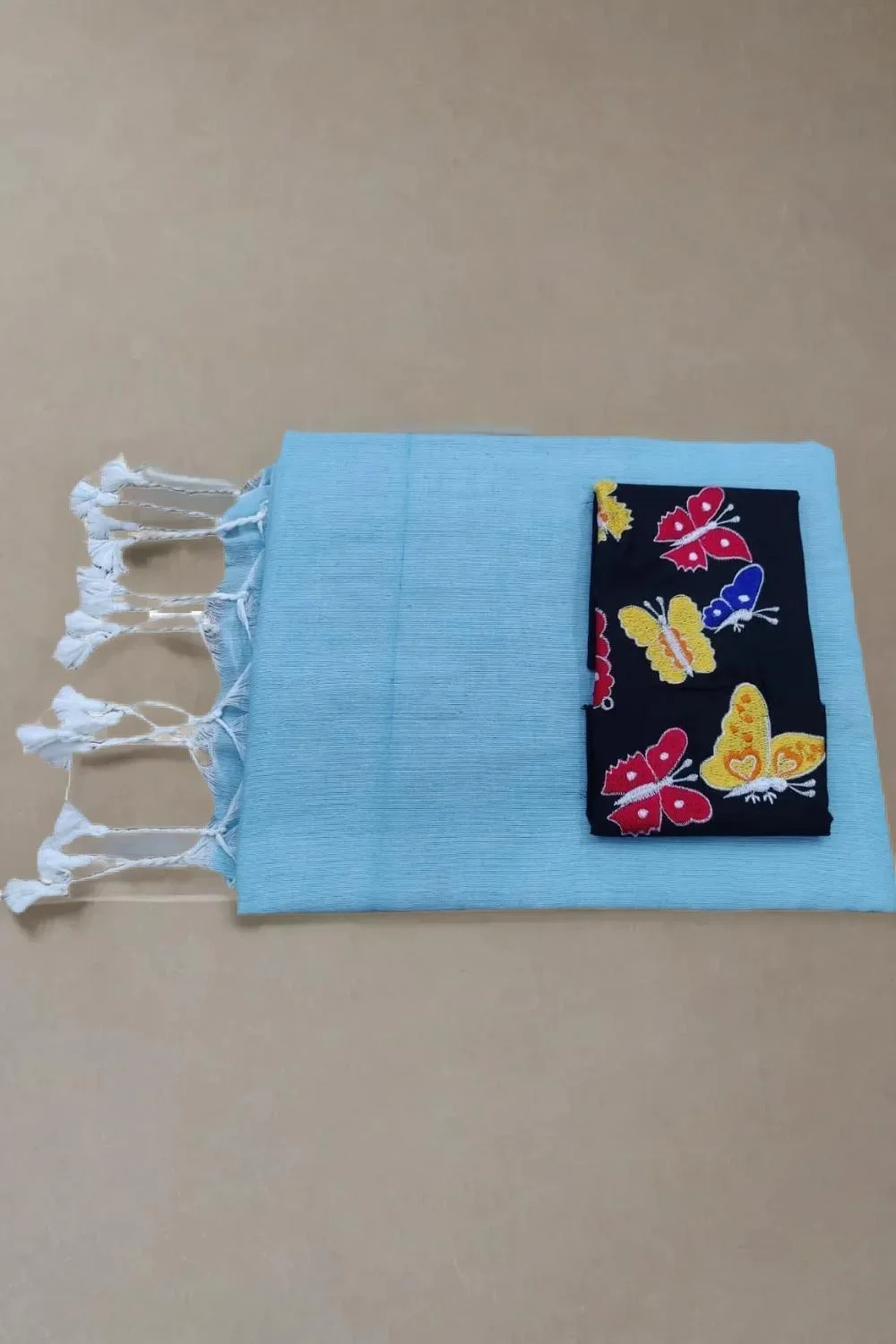
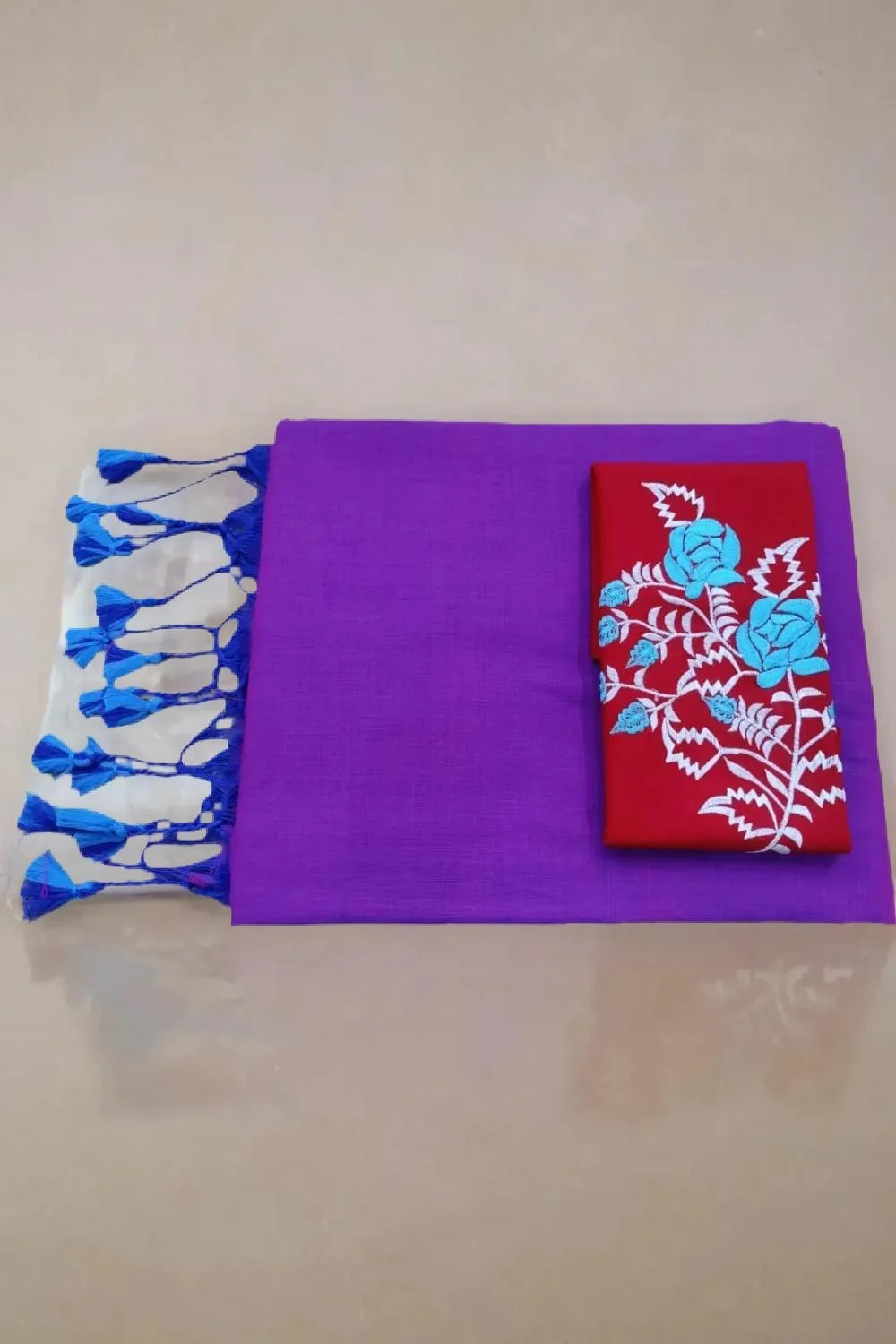
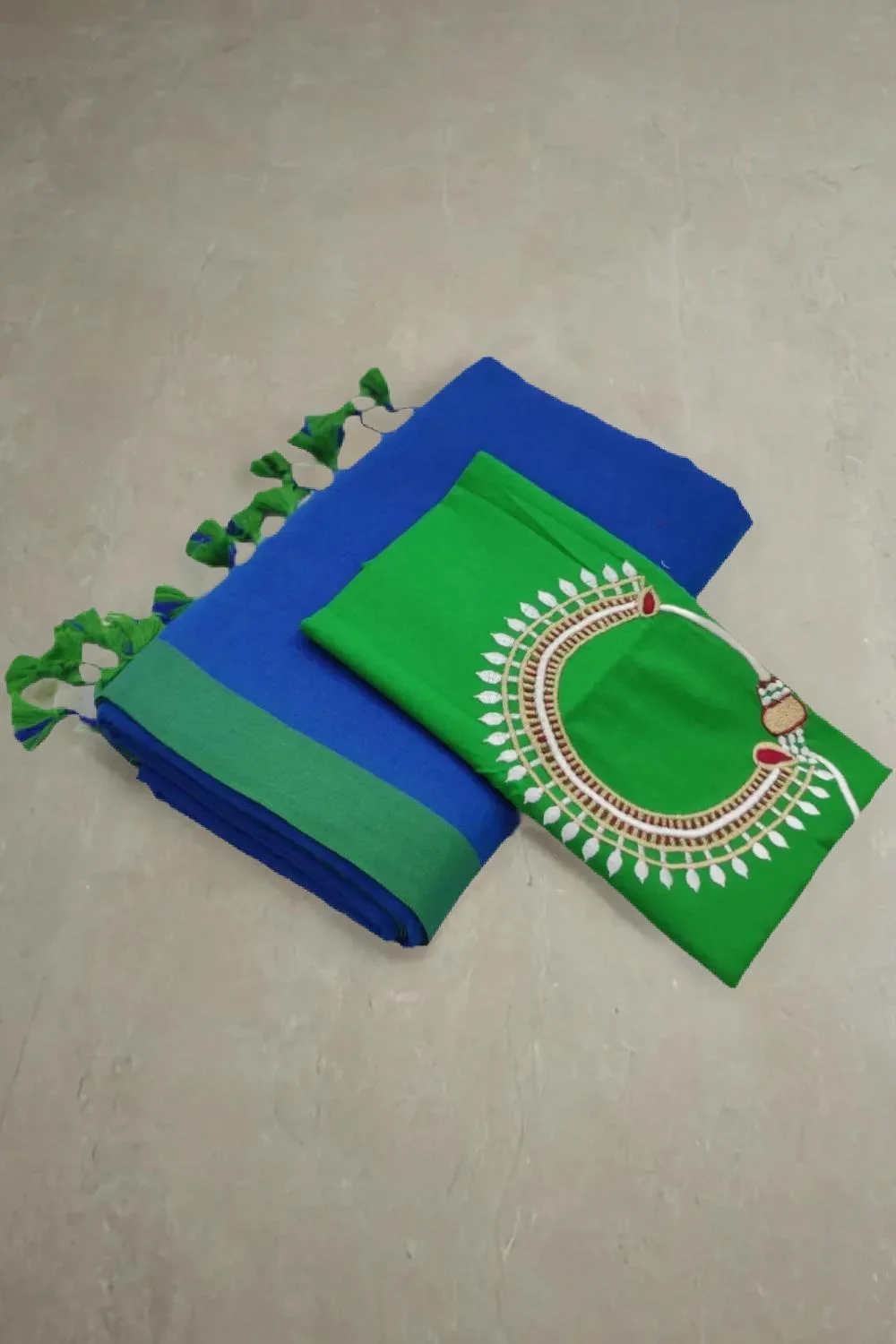
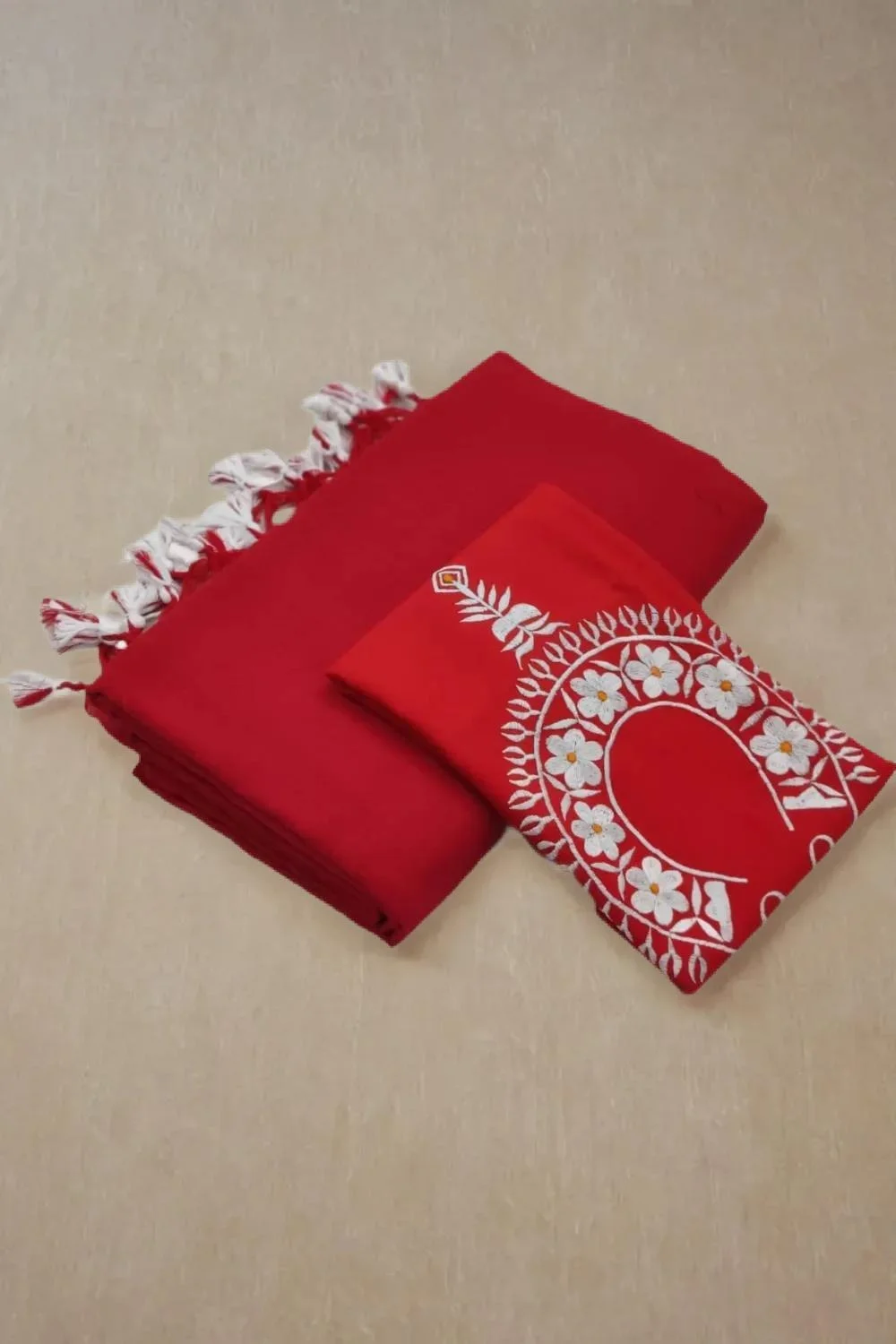
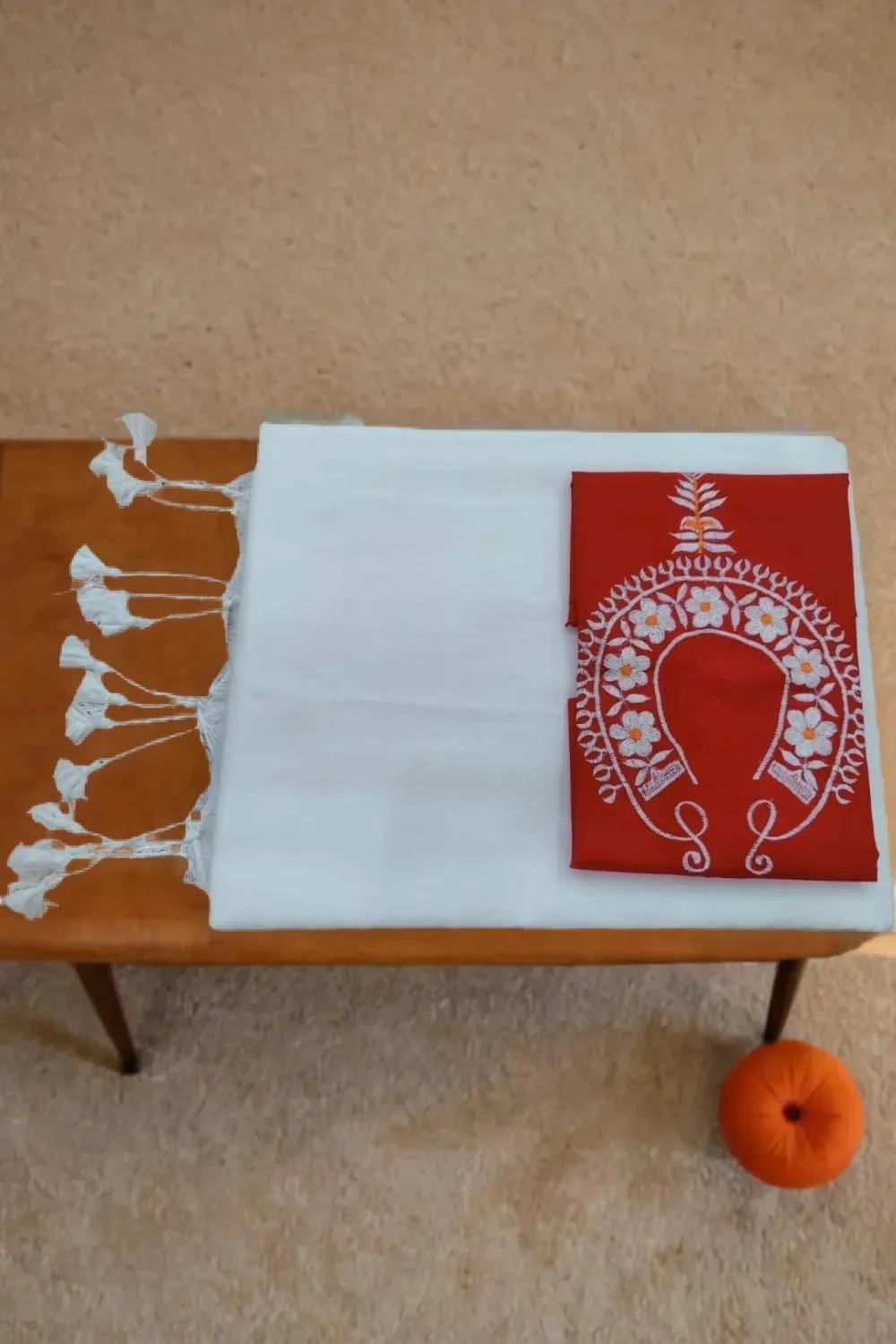

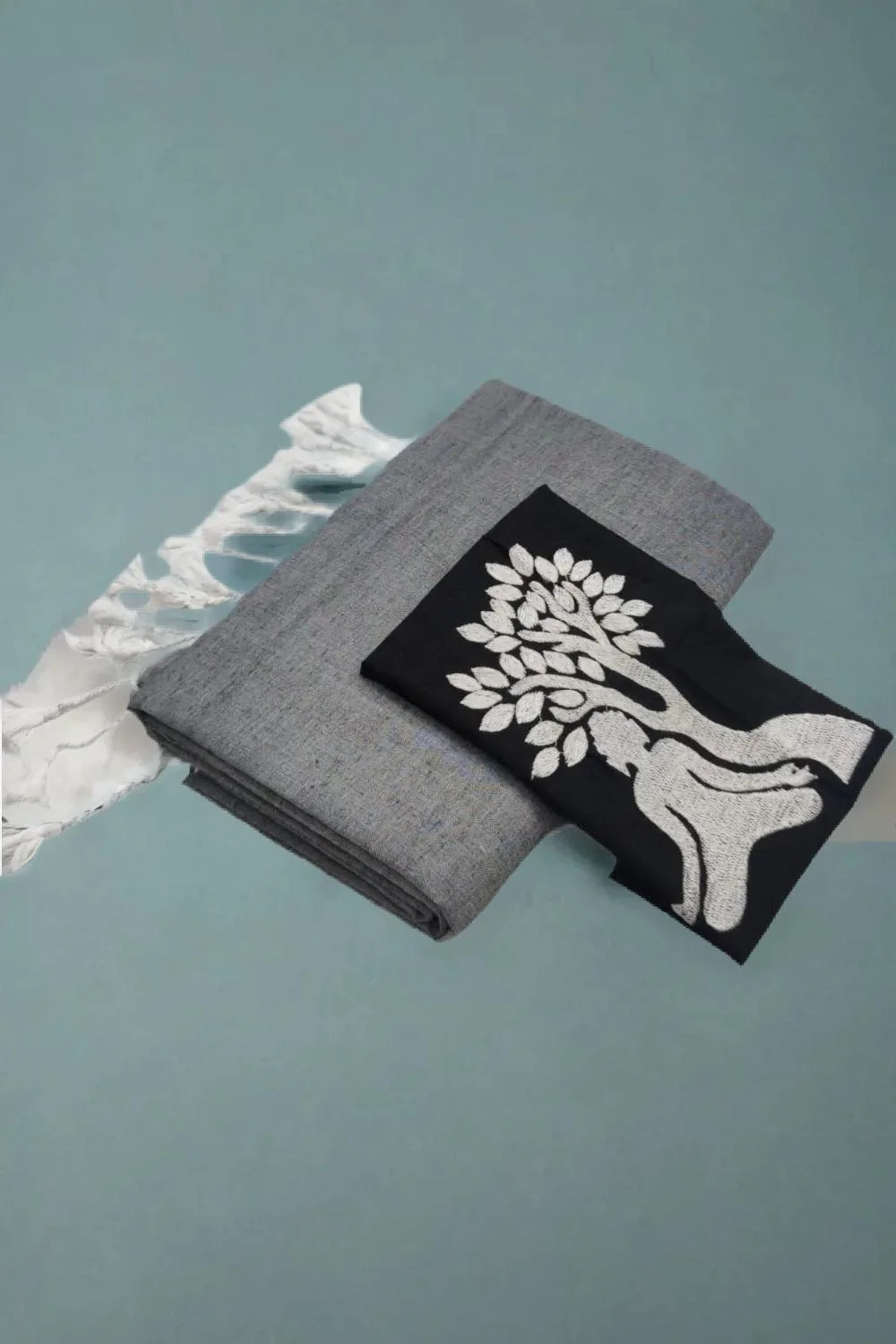
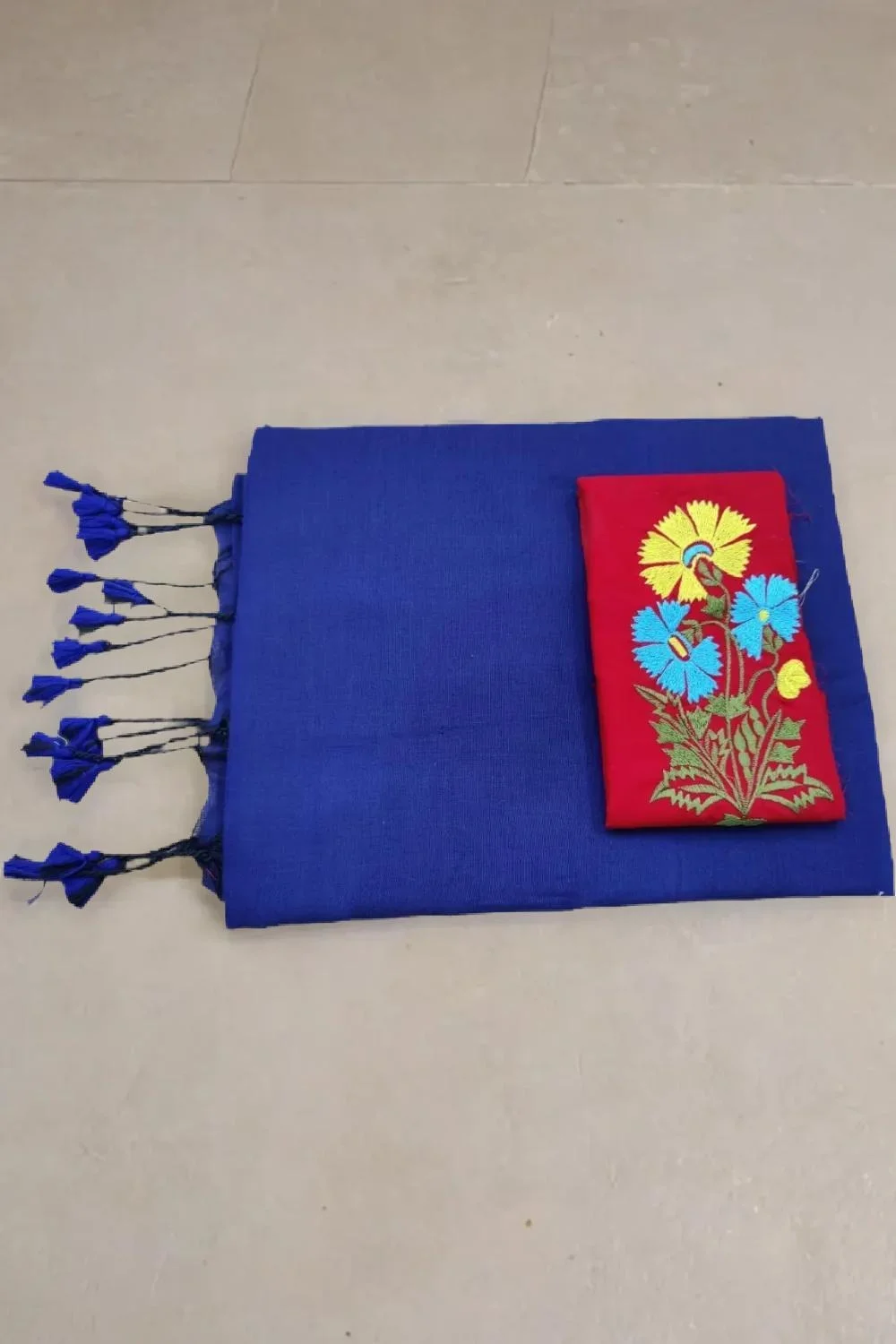
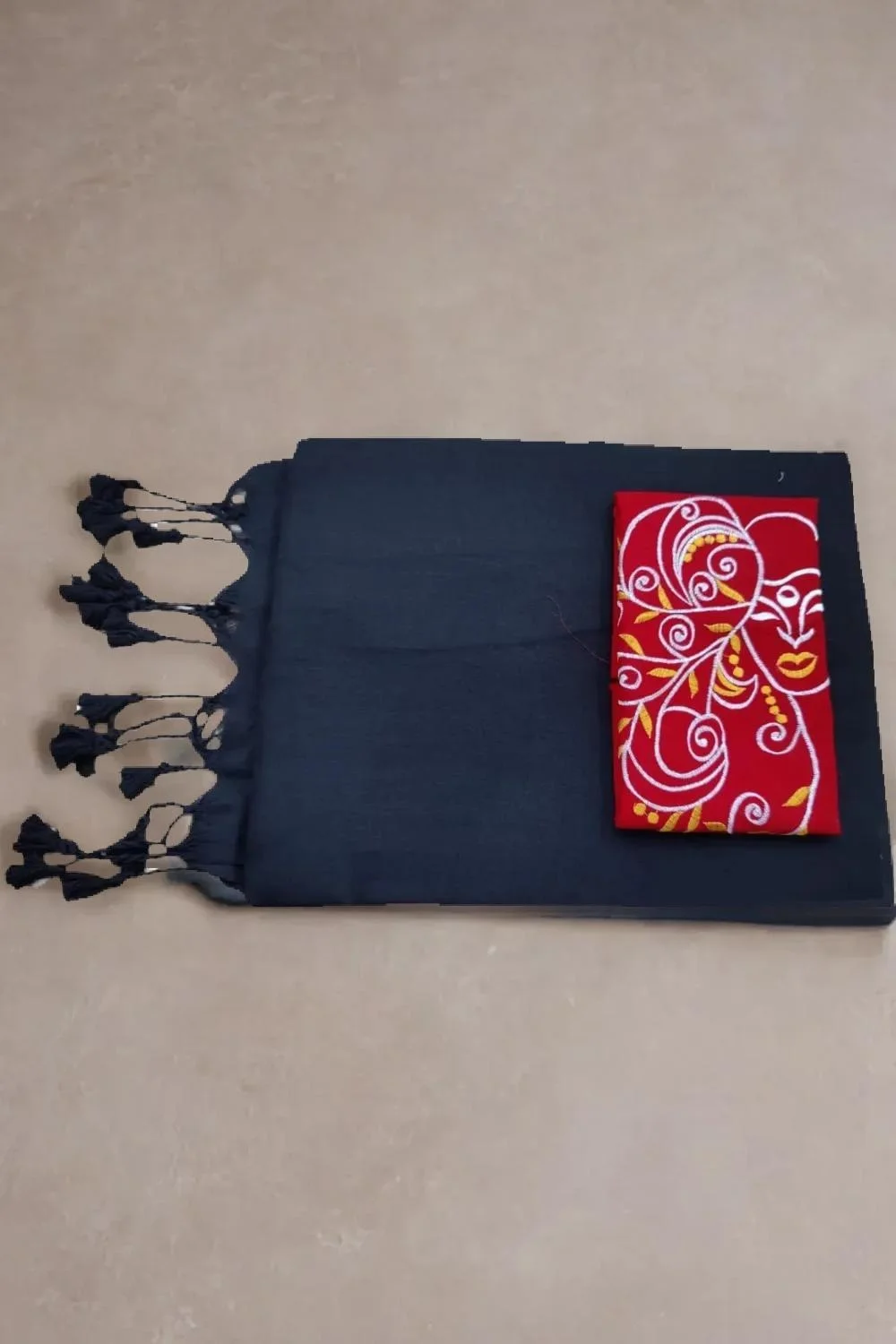
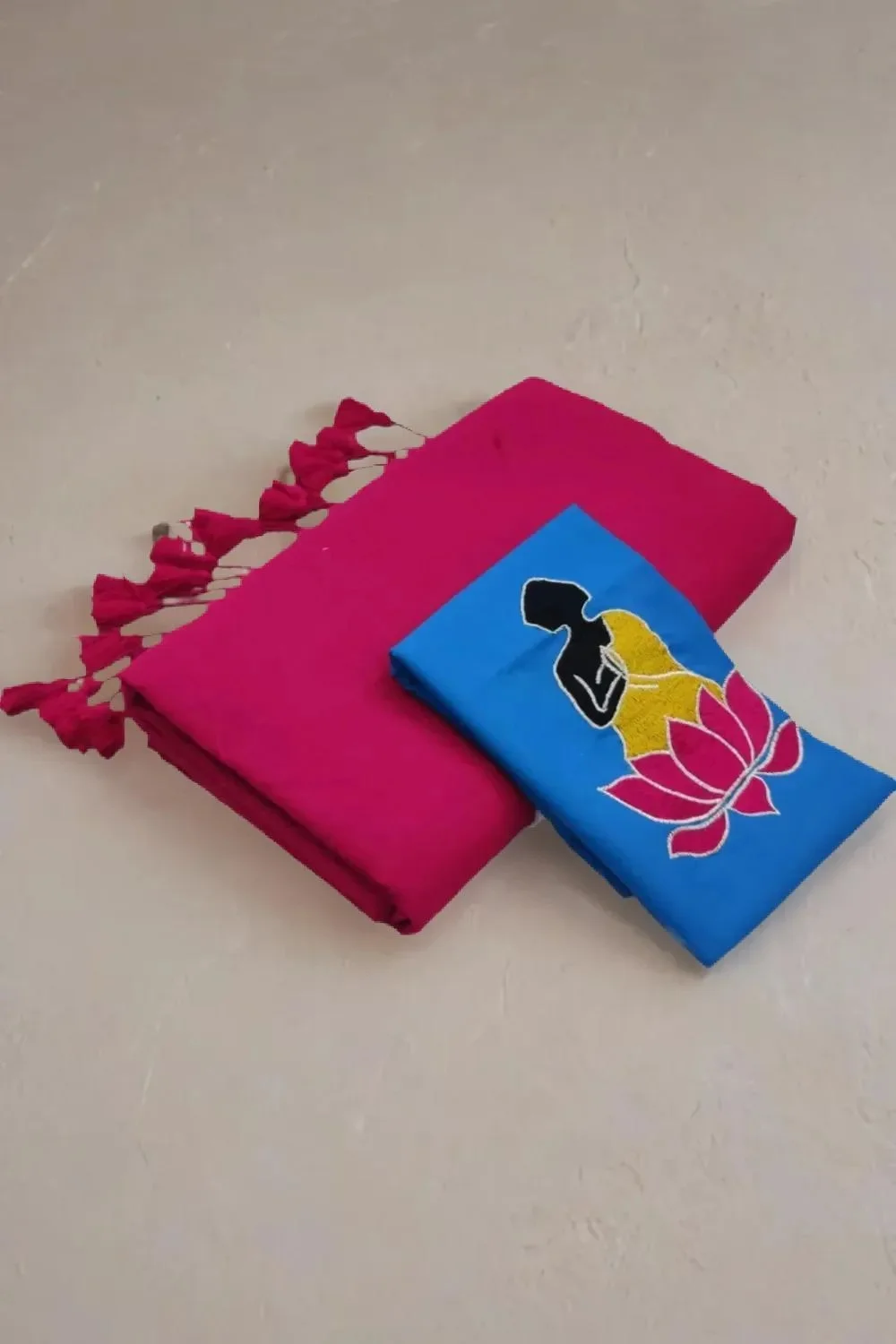


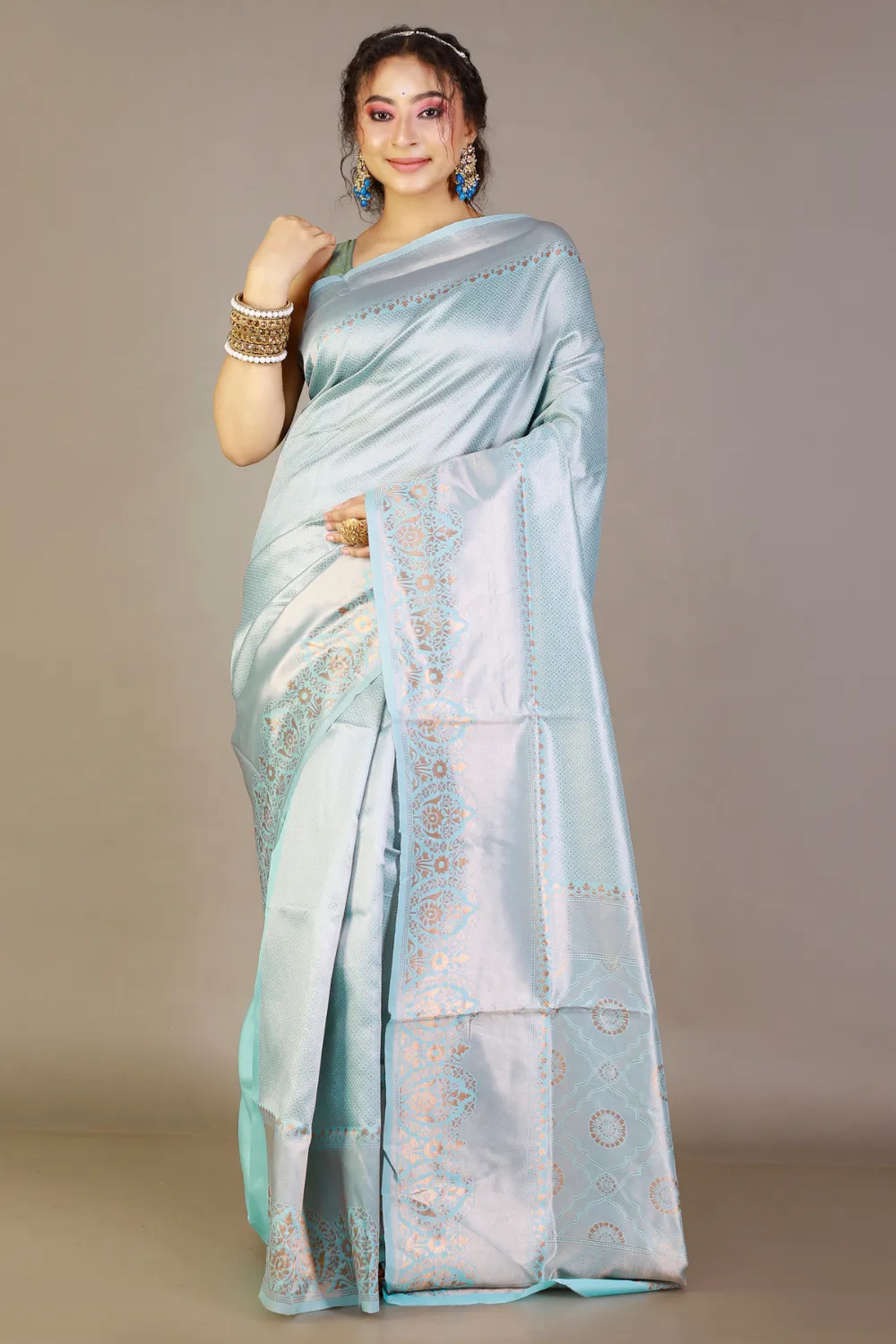

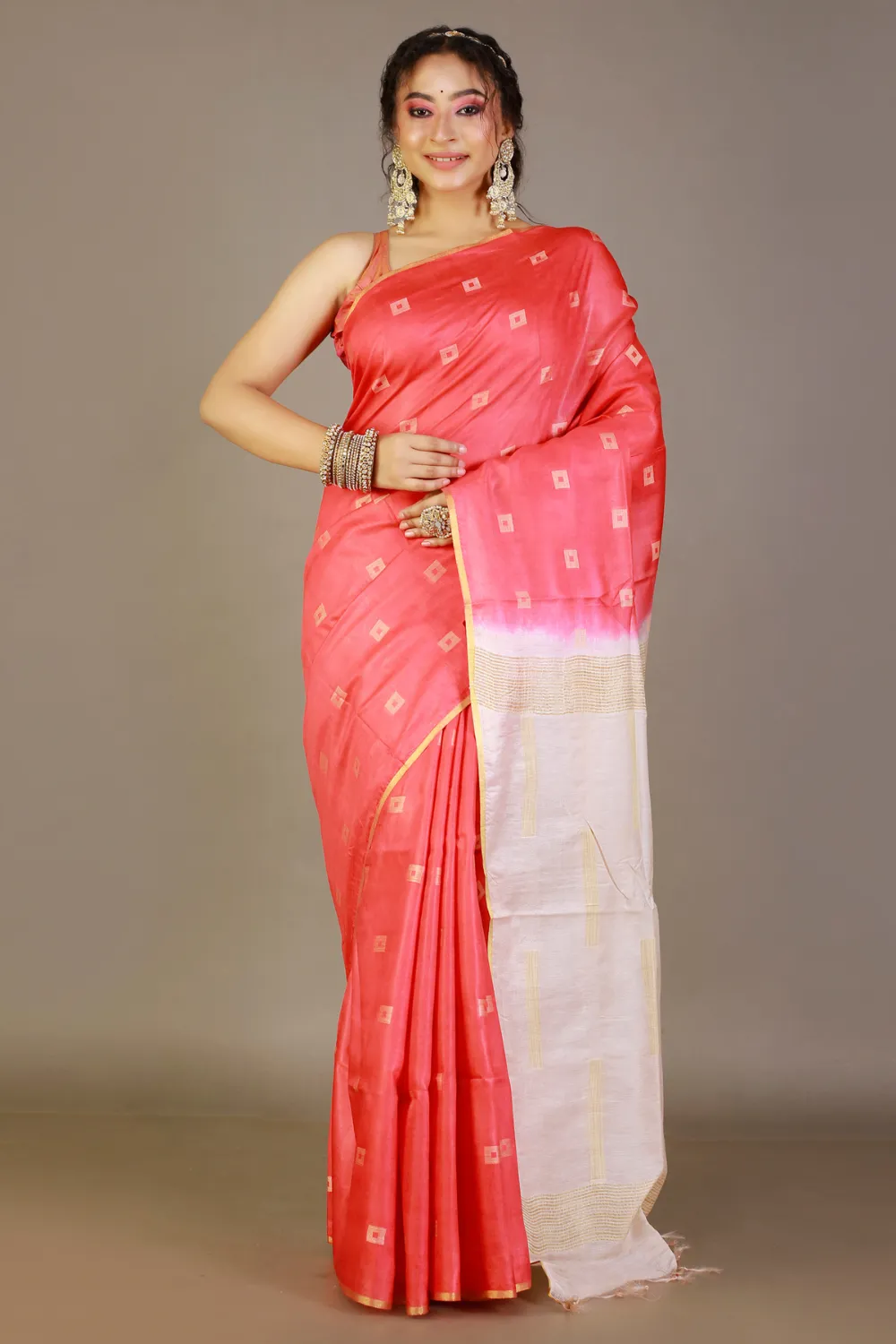

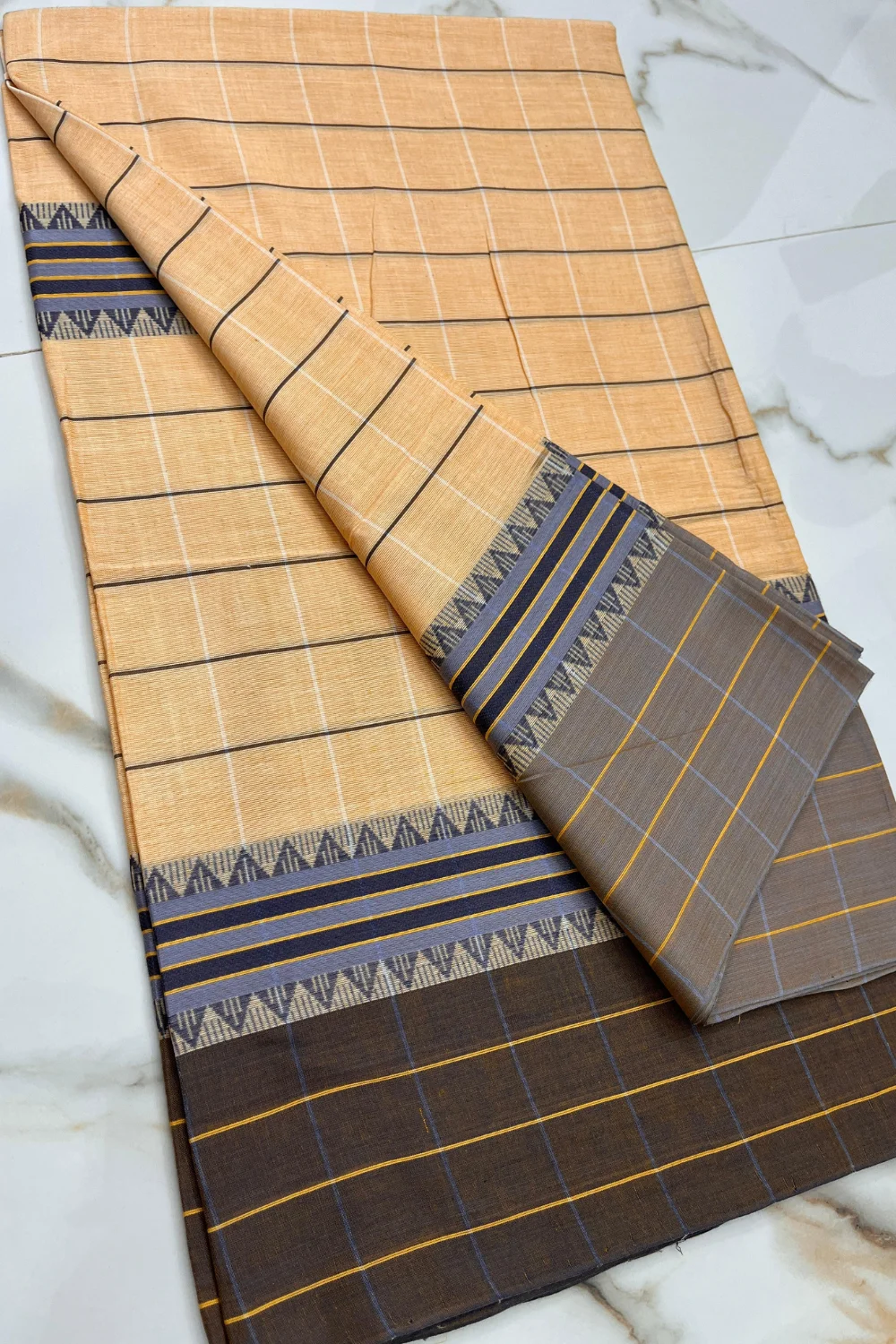
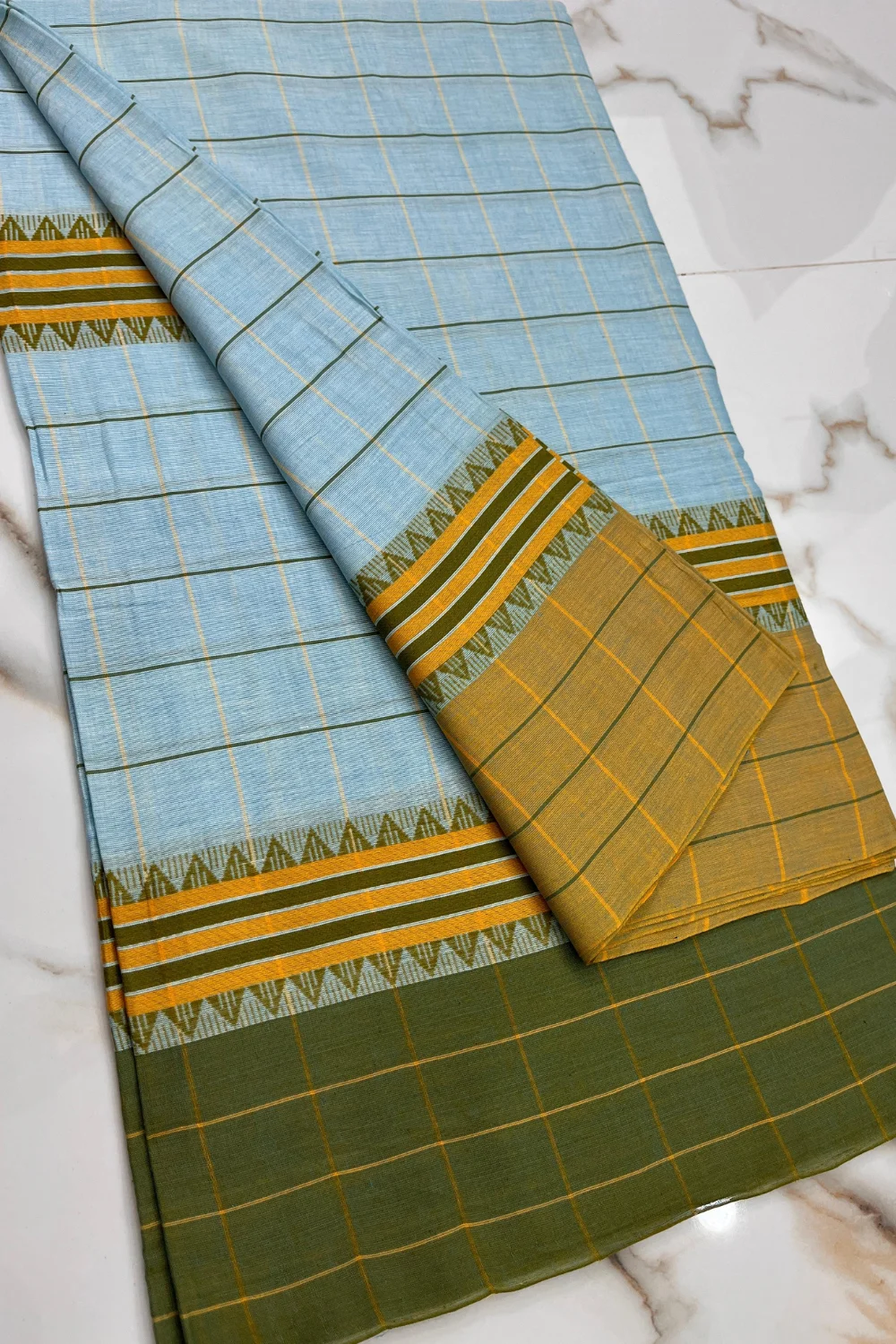


Reviews
Clear filtersThere are no reviews yet.